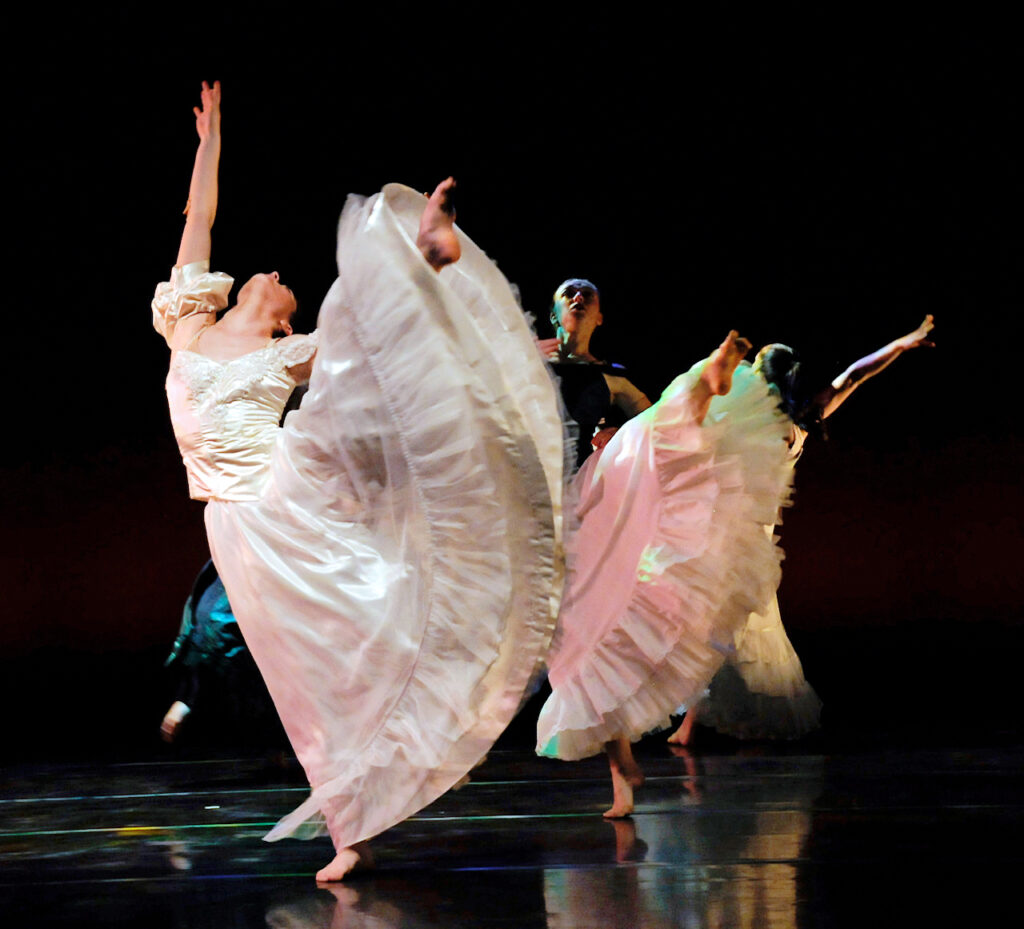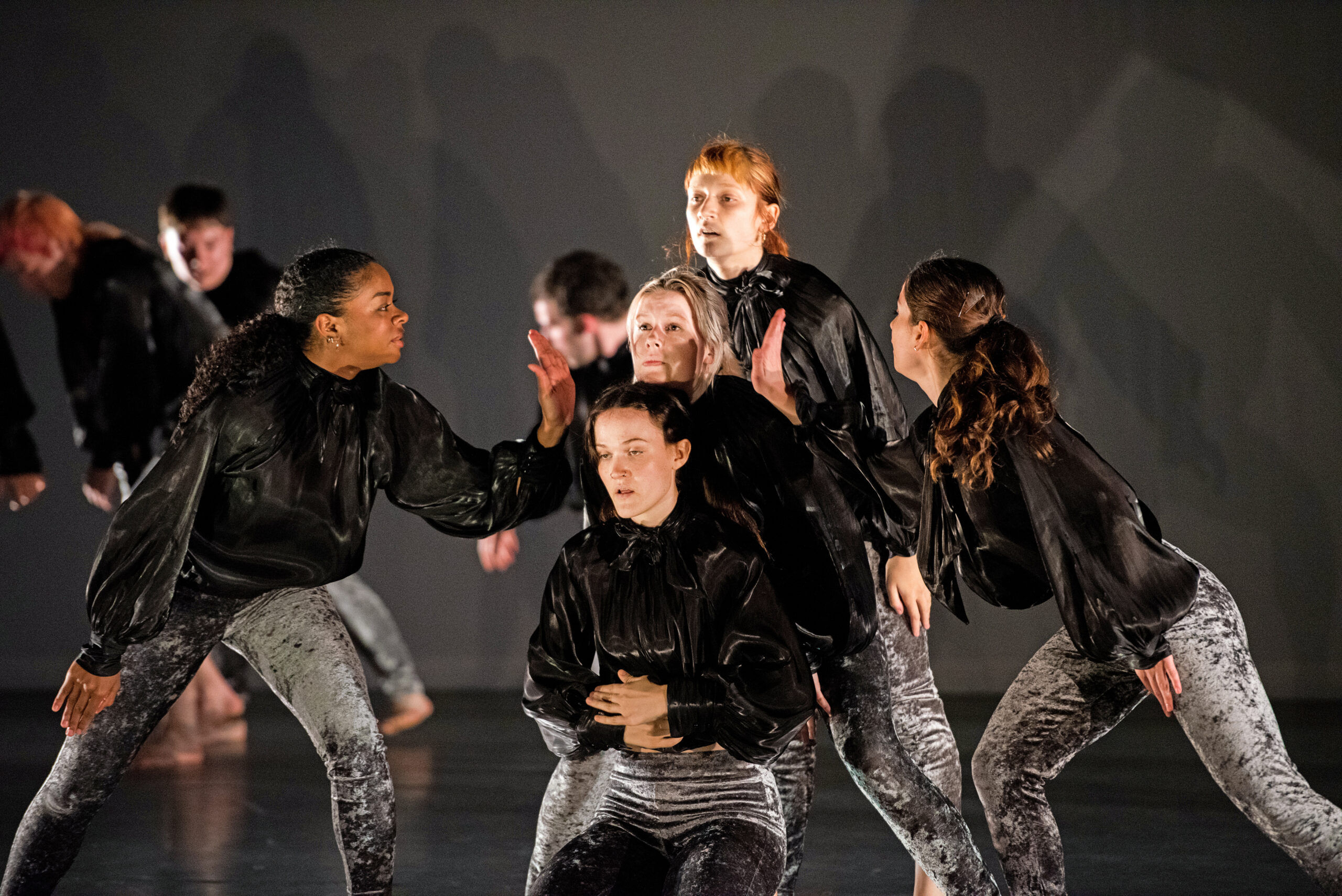What to Consider Before Transferring Colleges as a Dance Major
Even with the amount of thought and research that goes into applying to and selecting a college dance program, the day-to-day reality can still be distinctly different from a student’s expectations. Switching schools is surprisingly common: The National Student Clearinghouse reported that more than a third of college students transfer before earning their degree. While the transfer process is a time of uncertainty and adjustment, ultimately it can lead to a program that better meets a dancer’s needs. “There’s something freeing about starting again and doing college on your own terms,” says Paul Matteson, associate professor at University of the Arts.
Deciding to Switch
After completing her freshman year at Point Park University, Ashleigh McGown attended a summer intensive at the American Dance Festival. One thing in particular stood out for her: how differently other students felt about their college programs. “I was around so many people who were in love with their school and their college experience,” says McGown, “and I had a realization that I wasn’t feeling that.” Some of those students were from University of the Arts in Philadelphia. McGown’s mentor Catie Leasca, a UArts alum, suggested she look into that school’s dance program. McGown conferred with faculty and quickly completed the audition process. She submitted application materials by the beginning of August, was accepted into UArts the week before the semester started and decided to transfer.
McGown was drawn to UArts because she says the dance program better aligned with her learning style. “For studio practice classes, you go through cycles of teachers instead of having one teacher for the entire semester,” she says. Her first semester, McGown danced with 12 different faculty in ballet, jazz, modern and hip-hop courses, an experience that she credits with greatly improving her skills as a dancer.
For Alli Tomsik, transferring made it possible to attend what had originally been her first-choice school, the University of Hartford, where she is now a junior. After completing one semester at the University of Massachusetts Amherst, Tomsik knew the modern-focused dance program wasn’t right for her and that she wanted more ballet-based training. “It was hard to leave my friends and the school,” she says, “but I knew in the long run I wasn’t going to be happy at UMass and that it wasn’t going to satisfy my career needs.” Tomsik decided to take a semester off and reaudition for Hartford.

Taking Credit(s)
Because each school has different rules and procedures, transferring credits from one university to another can be a complex process, sometimes propelling students forward and other times setting them back. For Tomsik, it was the latter. While her academic and general education courses transferred, the dance technique classes she took at UMass did not, as Hartford requires students to take four years of ballet and modern specifically at their institution. Because of this rule, Tomsik will graduate a year later than she had originally planned, a change that was only possible because she received extra scholarships.
In contrast, McGown will graduate early because of her transfer credits. All of McGown’s credits transferred from Point Park to UArts, including her technique classes. The 18-credit semesters she took her freshman year at Point Park translated to one and a half years of credits at UArts, meaning she can graduate a semester early. Although finances were a concern for McGown during the transfer process, scholarships, plus cutting a semester, helped her feel confident in her decision.
Looking back, both McGown and Tomsik wished they had worried less about the decision and been more patient with themselves while adjusting to a new program. “If you do transfer, it might not be perfect right away, and you have to give it time to settle in your body and into a new routine,” says McGown. Even though the process was challenging at times, both dancers are glad they transferred and feel they are now at the right place. “It’s a hard choice, and there’s an uncertainty to it,” says Matteson. “The challenge is to recognize how brave your choice is to transfer.”
Transfer Tips

From University of the Arts associate professor Paul Matteson
- Visit the school and take classes to feel out the program. While you’re there, talk with other transfer students about their experiences.
- Look into important details, such as how financial aid and housing (and finding a roommate) work, and how they’re similar to or different from your current school.
- Talk with a faculty member or administrator about which credits will transfer and which will not.







